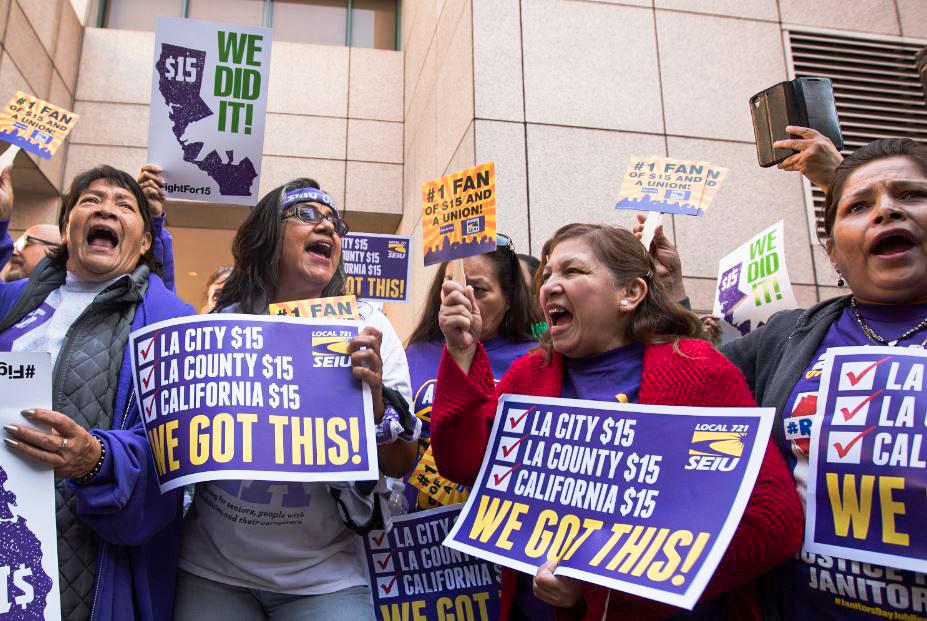Commentary
Twenty-two states have increased the minimum wage beyond the federal level of $7.25, which hasn’t increased since 2009. The new rates in many states are $15. But as many commentators have pointed out, the increase won’t affect too many workers, since most people in those states already earn more than that. And this raises a foundational point: What is the purpose of the minimum wage if it is essentially non-operational for most low-wage workers?





